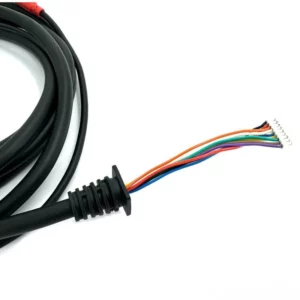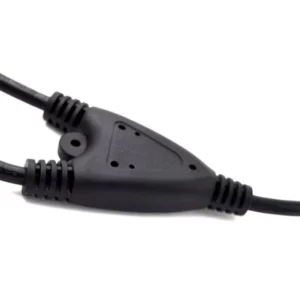Comparing TPE and TPU for Overmolding
Thermoplastic elastomers (TPE) and thermoplastic polyurethane (TPU) are popular materials for overmolding applications.
Definition and Composition
TPEs are a class of polymers that exhibit elastomeric properties at room temperature and can be processed like thermoplastics.
TPU is a versatile thermoplastic elastomer known for its high elasticity, transparency, and resistance to oils and greases.
Material Properties of TPE and TPU
TPE’s offer excellent flexibility, softness, and resilience, making them suitable for applications requiring cushioning and impact resistance.
TPU combines the flexibility of rubber with the processability of thermoplastics, offering high strength, abrasion resistance, and tear strength.
Processability and Moldability
TPEs can be processed using various methods like injection molding, extrusion, and blow molding, providing versatility in manufacturing.
TPU exhibits excellent moldability, allowing for intricate designs and precise overmolding onto substrates.
Adhesion to Substrates
TPEs typically bond well to a wide range of substrates, including metals, plastics, and textiles, without the need for surface treatment.
TPU offers strong adhesion to substrates due to its chemical compatibility and ability to form intermolecular bonds during overmolding.
Durability and Resistance
TPEs are resistant to abrasion, tearing, and weathering, making them suitable for outdoor applications and harsh environments.
TPU offers exceptional durability and resistance to chemicals, oils, and UV radiation, ensuring long-term performance in demanding conditions.


Applications
TPE overmolding is commonly used in consumer products, automotive components, medical devices, and sports equipment for adding grip, cushioning, and aesthetic appeal.
TPU overmolding finds applications in footwear, electronic devices, automotive seals, and industrial equipment for providing waterproofing, impact protection, and ergonomic features.
Cost Considerations
TPEs generally offer a lower cost compared to TPU, making them economically viable for mass production and cost-sensitive applications.
TPU may have a higher initial cost but offers superior performance and durability, leading to long-term cost savings and enhanced product quality.
Environmental Impact
TPEs are recyclable and can be reused in various applications, contributing to sustainability and reducing environmental footprint.
TPU is recyclable and offers good chemical resistance, ensuring minimal environmental impact during disposal and recycling processes.
Conclusion
In summary, both TPE and TPU offer unique advantages for overmolding applications, with considerations for material properties, processability, adhesion, durability, cost, and environmental impact. Therefore, understanding the differences between TPE and TPU is crucial for selecting the most suitable material for specific overmolding requirements and achieving optimal performance and quality in finished products.